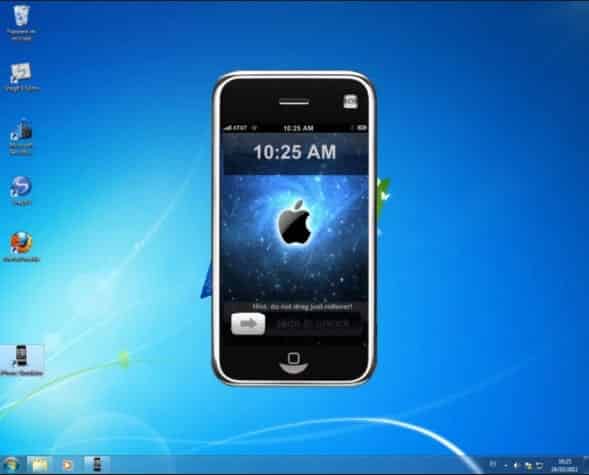

I wanted to simplify these two steps into one, because I do the vast majority of my development on a single AVD.
RUN APPLE EMULATOR MAC FOR WINDOWS 10
9 Best iOS Emulators for Windows 10 in 2021 There are several iOS emulators available in the market but it is quite difficult to choose the best one among them.
RUN APPLE EMULATOR MAC INSTALL
The full workflow is: 1) use emulator -list-avds to see a list of your current AVDs. When you install the iOS emulator on your Windows 10 it will create an iOS environment on your PC that makes your Windows PC behave like an Apple device. But if this becomes too annoying you can always switch to running the emulator command without the ampersand, and just give the process its own tab or window in your terminal.Īt this point you’re now able to successfully launch Android AVDs from your command line. You can safely use Ctrl+C to regain control without killing the AVD.

For example here’s how I run my Nexus 5X AVD using the emulator command. Once you have an AVD’s name, you can start up that AVD with the emulator command’s -avd option. For example, here’s what that command looks like when I run it on my Mac. The first option you’ll want to know is -list-avds, as it lists all AVDs you currently have configured. Launching Android AVDsĪs part of the Android SDK installation you get a command-line tool called emulator, which is the Google-blessed way to work with AVDs from the command line, and which has a number of options that let you do a wide range of things. In this article I’ll walk through how you can set up these commands on your own machine. I named them ios-simulator and android-emulator, and here’s what they look like in action. So I spent a little time setting up commands that let me launch these tools from my terminal. I use the iOS Simulator and AVDs (Android Virtual Devices) heavily, and was getting frustrated with the need to manually launch the two from Xcode and Android Studio, respectively.


 0 kommentar(er)
0 kommentar(er)
